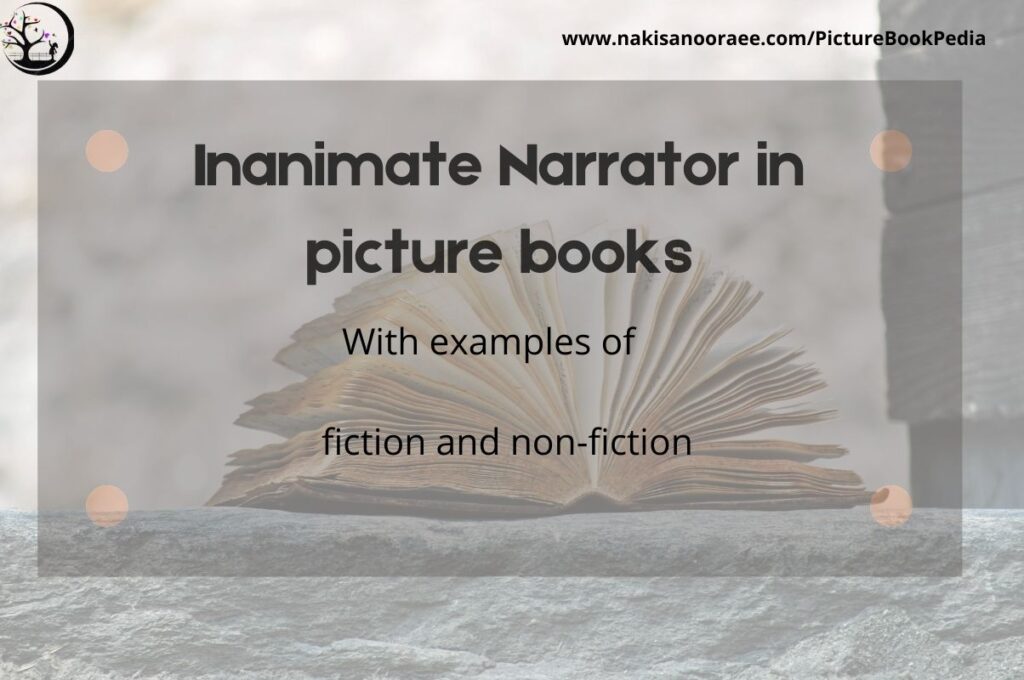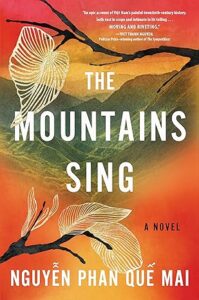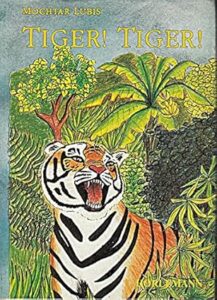Introduction: Why an inanimate Narrator?
In writing picture books, we often use personification. Personification is when we use a human attribute(s) or a feeling(s) to describe an object. For example, the leaves dance, the wind whispers, etc.
Personification differs from an inanimate narrator. By choosing an inanimate narrator, we put the reader in the shoes of an object and watch the world from that position.
This blog post is the result of the research to answer some questions I have had: when is a story far better to be narrated by an inanimate Narrator? Let’s suppose I’ve got a story idea that can be narrated by an inanimate narrator within the story’s world or by a human narrator. When does the first one work better than the latter?
Books I had in my mind weren’t recently published. So, I had another question: do publishers still (in 2022) publish picture books with inanimate Narrators?
And here is the result of my research. If you would like to read more about Narrator and its difference with POV and the types of Narrator, please read my previous blog post.
Important notice
Before we start, there is an important caveat about the inanimate Narrator. Definition of the Narrator is the entity that narrates the story. This entity can be a human or an object (inanimate) from the story’s world or a god-like entity from outside the story world who observes the story and narrates the story.

The Narrator from outside of the story can be an omniscient who knows everything about everyone. Or, this Narrator can focus its narration on one character or on one object. The latter case causes confusion and many thinks of it as an inanimate Narrator.
If the Narration is focused on an inanimate object, it doesn’t mean this is an inanimate Narrator.
For example, the Narrator in Moon’s First Friends: One Giant Leap for Friendship (2020) by Susanna Leonard Hill and Elisa Paganelli is an entity from outside of the story’s world.
The Narrator tells us that the Moon is the queen of the night sky but it feels alone and longs to have a visitor. This Narrator has a limited third-person POV because it focuses only on the feelings of the Moon. It is NOT an inanimate Narrator. It would be such a Narrator if the Moon tells the story of itself.
Another example is School’s First Day of School (2016) by Adam Rex and Christian Robinson. The Narrator is an entity from outside of the story who focuses the narration on the school’s building feelings and thoughts. The Narrator tells us the conversation between the building and the janitor. But, this doesn’t mean that the Narrator is the school’s building. It is NOT an inanimate Narrator.

The following examples will shed more light on this subject. This blog post is the second part of the blog post I wrote before about the Narrator and its different types.
Inanimate Narrator in Non-Fiction
In non-fiction books, we don’t have a Narrator in the exact meaning as it is in fiction. However, there is a kind of Narrator in non-fiction because someone should speak anyway! And that can be an inanimate Narrator. Here are some examples of traditionally published non-fiction picture books with inanimate Narrators.
- The Narrator in Earth! My First 4. 54 Billion Years (2017) by Stacy McAnulty and David Litchfield is Earth. Earth tells the reader about its solar system family, its birth story, and a brief but very fun review of its evolution until today. This book is part of a five-book collection called OUR UNIVERSE.

- Similarly, the Narrator of The secret Galaxy (2014) by Fran Hodgkins is the Milky Way. The Milky Way tells the reader that: I whirl in a spiral with my starry arms trailing. You and Earth and your sun and solar system are one one arm, but don’t worry.
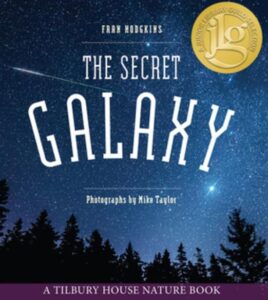
- The Narrator of Glacier on the Move (2019) by Elizabeth Rusch and Alice Brereton, as you may guess, is the glacier!

- In I Am Smoke (2021) by Henry Herz, the narrator is smoke.

Inanimate Narrator in Fiction
- The Narrator in The goat in the Rug (1990) by Charles L. Blood, Martin Link, Nancy Winslow Parker is a goat. The goat, named Geraldine, has a friend who is a Navajo weaver. Geraldine tells us the steps that the weaver takes to weave a rug from its wool. The author has wisely picked up the Narrator. The reader, like the Narrator, doesn’t know what is going to happen and this adds a gentle tension to the story.
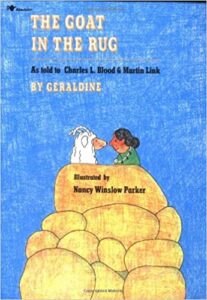
- The Narrator in I, Doko: The Tale of a Basket (2004) by Ed Young is a basket. Its story starts when the basket was bought in the market. The basket tells the story of two generations.

- The Narrator in Sylvia’s Bookshop: The Story of Paris’s Beloved Bookstore and Its Founder (2018) by Robert Burleigh and Katy Wu is the bookshop itself!
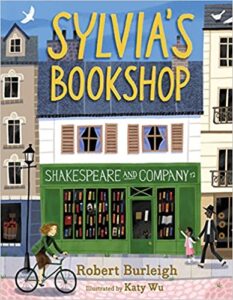
- The Narrator of Who Stole Mona Lisa? (2010) by Ruthie Knapp and Jill McElmurry is the Mona Lisa itself. The narration starts from the time Leonardo da Vinci painted the Mona Lisa and includes the robbery in 1911 of the Louvre in Paris.

- The Narrator in The Peace Tree from Hiroshima: The Little Bonsai with a Big Story (2015) by Sandra Moore and Kazumi Wilds is a 300-year-old bonsai tree. The tree belonged to a Japanese family in Hiroshima before it got donated to the National Arboretum in Washington DC, as a gesture of friendship between America and Japan to celebrate the American Bicentennial.

- A most recent example is A Home Again (2021) by Colleen Rowan Kosinski and Valeria Docampo. The Narrator is the building and for example, it says:
They cleaned my windows and it felts so nice. They hung beautiful paintgs and silky draps..

- In The Smart Cookie (2021) by Jory John and Pete Oswald, the Narrator is the cookie itself.
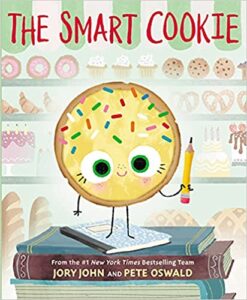
- Another very interesting Narrator is in Two Grooms on a Cake: The Story of America’s First Gay Wedding (2021) by Rob Sanders and Robbie Cathro. The two groom figurines on the top of the cake are the Narrators. They say:
Our feet planted firmly in the fluffy frosting.
Another amazing fact to learn from this book is its POV. The book is written in first-person plural POV (you see the pronoun we, ours, etc). If you want to read examples about other types of POVs, please read this blog post I wrote before.

- Another example of an inanimate Narrator by the same author is Stonewall: A Building. an Uprising. a Revolution (2019) by Rob Sanders and Jamey Christoph. This book is also written in first-person plural POV.

- The Narrator of A Page in the Wind (2018) by José Sanabria and María Laura Díaz Domínguez is a newspaper whose pages are gone with the wind. The newspaper tells the reader what happens to each page.

- Would you believe that even a bath tap can become the Narrator? Read I’m Terrified of Bath Time (2022) by Simon Rich and Tom Toro. The story is about a bath that is afraid of the shouts and cries of the child while taking a bath.

The story is about a bath that is afraid of the shouts and cries of the child while taking a bath. The book is brimmed with humor:
If you know of any more picture books with inanimate narrators, please let me know in the comments below.
In PictureBookPedia, I publish biweekly blog posts about the craft of writing picture books. If you would like to receive my newsletter which includes links to my recent blog posts, please subscribe here. On the Tools page, I write about useful tools for writers.
